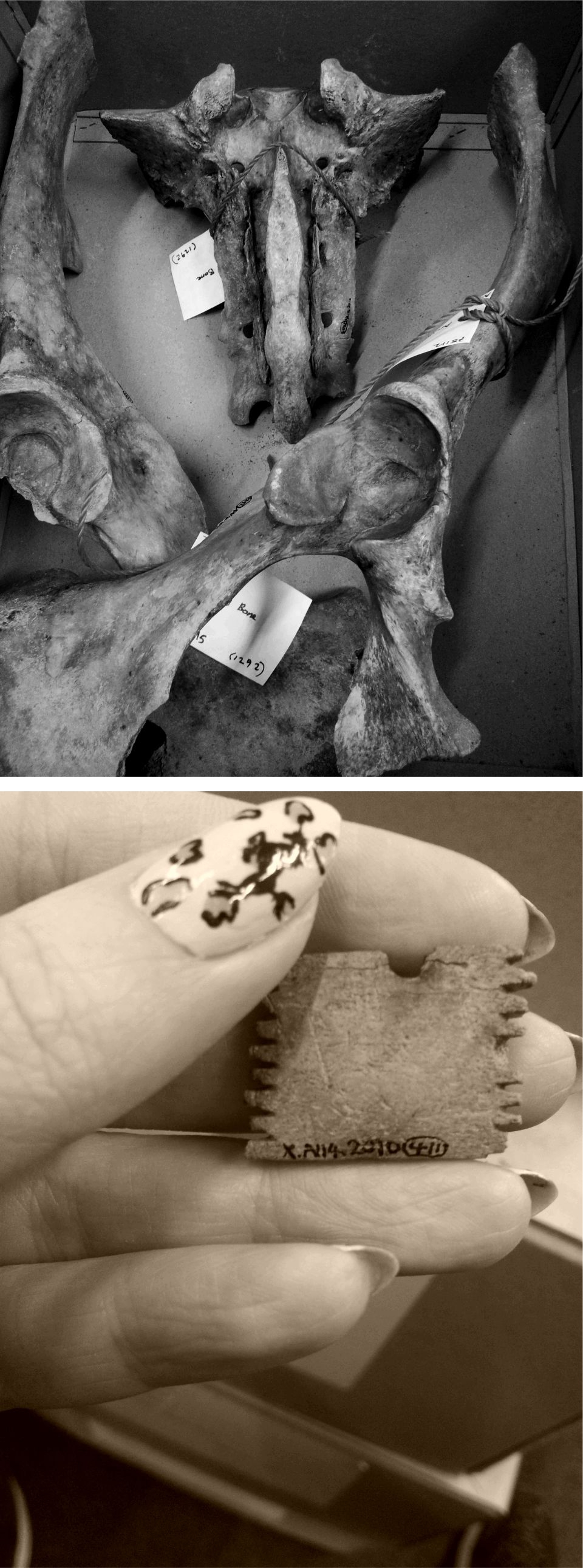
So the first full week in August sees our deadline for deposition of no less than five projects (in Week 3 it was only three projects but like tribbles they somehow keep multiplying). The projects vary in size from a couple of small finds to boxes and boxes of animal bones, worked bone and pottery, so my work on preparing each of them is certainly cut out! The biggest project has three boxes of documentary archives and a whopping eight boxes of finds and this week I have been focusing on those eight boxes. Going through the finds and marking them off the database may sound like a laborious endeavour but I would have to disagree; when you open up each finds box and handle the objects inside you can almost pretend that you’ve broken through the fourth wall of some history documentary. However when my Attenborough skills of deduction fail me, I’m always really impressed when I ask someone in our office what the piece of pottery is/was in my hand and from that sherd they can ascribe a rough date and the actual shape of pot itself. The best things I’ve found in boxes this week has been the huge sacrum and pelvis (cow or horse) from the 18th–19th century and a toothplate from a double sided, composite comb which is a characteristic Saxon type.
Of course, any finds that are going to be deposited need to be released from the landowner first and a consent form signed. Despite precise records and all the requisite documents, some landowners sometimes can be quite difficult to track down, especially if they have changed mid-development, and so cunning google searches are required. The best place to start is by searching the planning number as this will often yield the parish records on town meetings or even the planning application which holds the information required. From doing these searches I found lots of minutes relating to town hall discussions regarding the proposed work being undertaken and how the people in the village or town felt about the new developments. Sometimes the opposition was lively but without the development, the archaeology would perhaps never have been found.
By Emma Carter